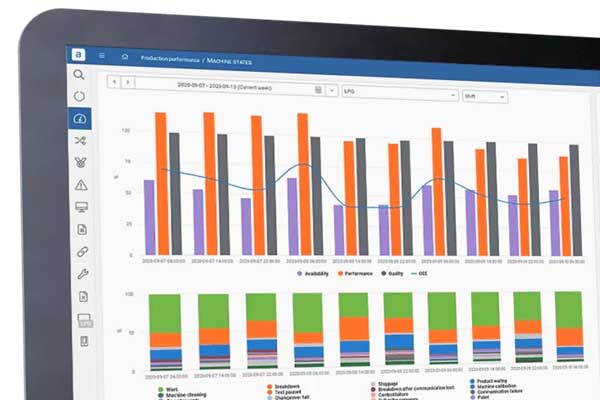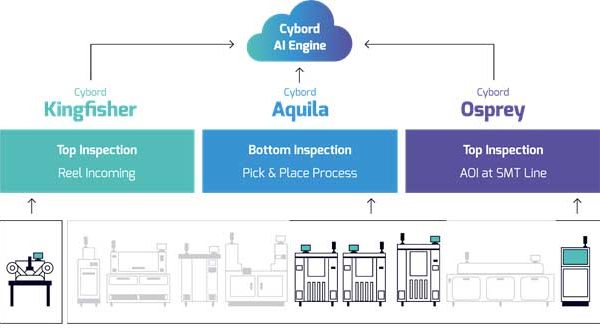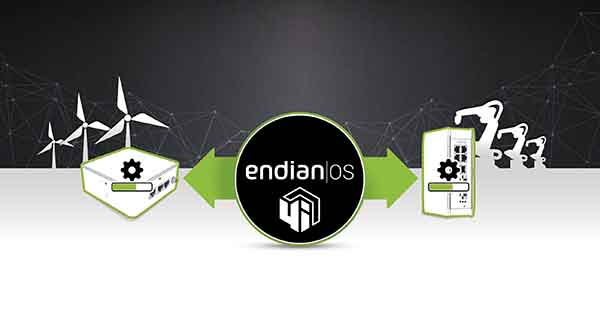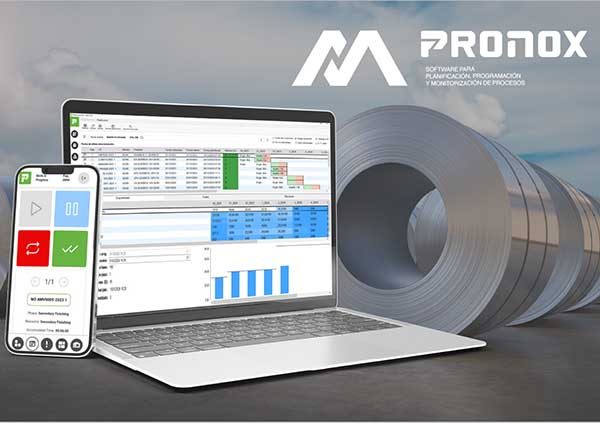- Real-Time Monitoring: The software continuously tracks the machine’s performance, production progress, and efficiency. It provides real-time insights, allowing operators and managers to see exactly what’s happening on the shop floor at any given moment.
- Data-Driven Decisions: By relying on actual data rather than estimations or gut feelings, decision-makers can make more informed choices. Whether it’s adjusting production schedules, identifying bottlenecks, or implementing process improvements, the data provided by OEE software guides the way.
- Performance Metrics: OEE software calculates key performance indicators (KPIs) such as availability, performance efficiency, and quality rate. These metrics offer a clear understanding of how well the equipment is performing and where improvements can be made.
- Integration with Other Systems: Many OEE calculation tools can be integrated with other enterprise systems like ERP (Enterprise Resource Planning) or MES (Manufacturing Execution System). This integration ensures a seamless flow of information across different departments, enhancing collaboration and efficiency.
- Historical Analysis: By storing historical data, the software enables trend analysis and long-term planning. Managers can identify patterns, predict potential issues, and take proactive measures to prevent downtime or other costly problems.
- Customizable Reporting: Different stakeholders may require different information. OEE software often comes with customizable reporting features, allowing the creation of tailored reports that suit various needs, from shop floor operators to top-level executives.
- Compliance and Quality Control: Ensuring compliance with industry standards and maintaining high quality are paramount in manufacturing. OEE software helps in monitoring and documenting compliance, and it plays a crucial role in continuous quality improvement initiatives.
- Cost Savings: By identifying inefficiencies and areas for improvement, OEE software can lead to significant cost savings. It helps in reducing waste, minimizing downtime, and optimizing resource utilization.
- Scalability: Whether it’s a single machine or an entire factory, OEE software can be scaled to fit different sizes and complexities of operations. It can be adapted to various types of machinery and production methods, making it a versatile tool for various industries.
- User-Friendly Interface: Modern OEE software is designed with user experience in mind. Intuitive dashboards and easy-to-understand visuals make it accessible to users at all levels, from technical experts to those with limited technical knowledge.

















